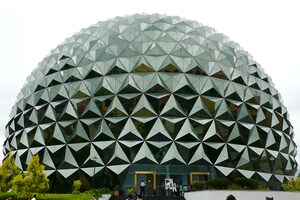Ever since we started reading about the universe and the interstellar space, we have heard about stars. But there have been questions about how these stars are born and how their native place looks like. Well, it was first discovered in 1958 by radio telescopes that a nebula known as W51 is one of the most active star-making areas in our Milky Way galaxy.
Now, NASA’s recently retired Spitzer Space Telescope has given us the latest look at the nebula and what it looks like. W51 is located about 17,000 light-years from Earth. If you wish to spot it sometimes, you will have to look in the direction of the constellation Aquila in the night sky.
However, it is not easy to spot the nebula in the night sky with telescopes that collect visible light. This is because the light between W51 and Earth gets blocked due to the presence of dust clouds formed in the galaxy. Using radio, infrared or longer wavelengths of light can help us find the nebula. This is how the infrared wavelength of NASA’s Spitzer telescope helped in capturing the sight of W51.
The snaps were captured as a part of a major observation campaign by Spitzer in 2004 known as the Galactic Legacy Infrared Mid-Plane Survey Extraordinaire (GLIMPSE).
Breanna Binder, an assistant professor of physics and astronomy at California State Polytechnic University in Pomona, expressed, “The really spectacular images provided by Spitzer via the GLIMPSE survey give us insight into how massive stars form in our Milky Way. We can't observe star-forming regions in other galaxies. Therefore, regions like W51 are really important for advancing our understanding of star formation in the Milky Way”.










